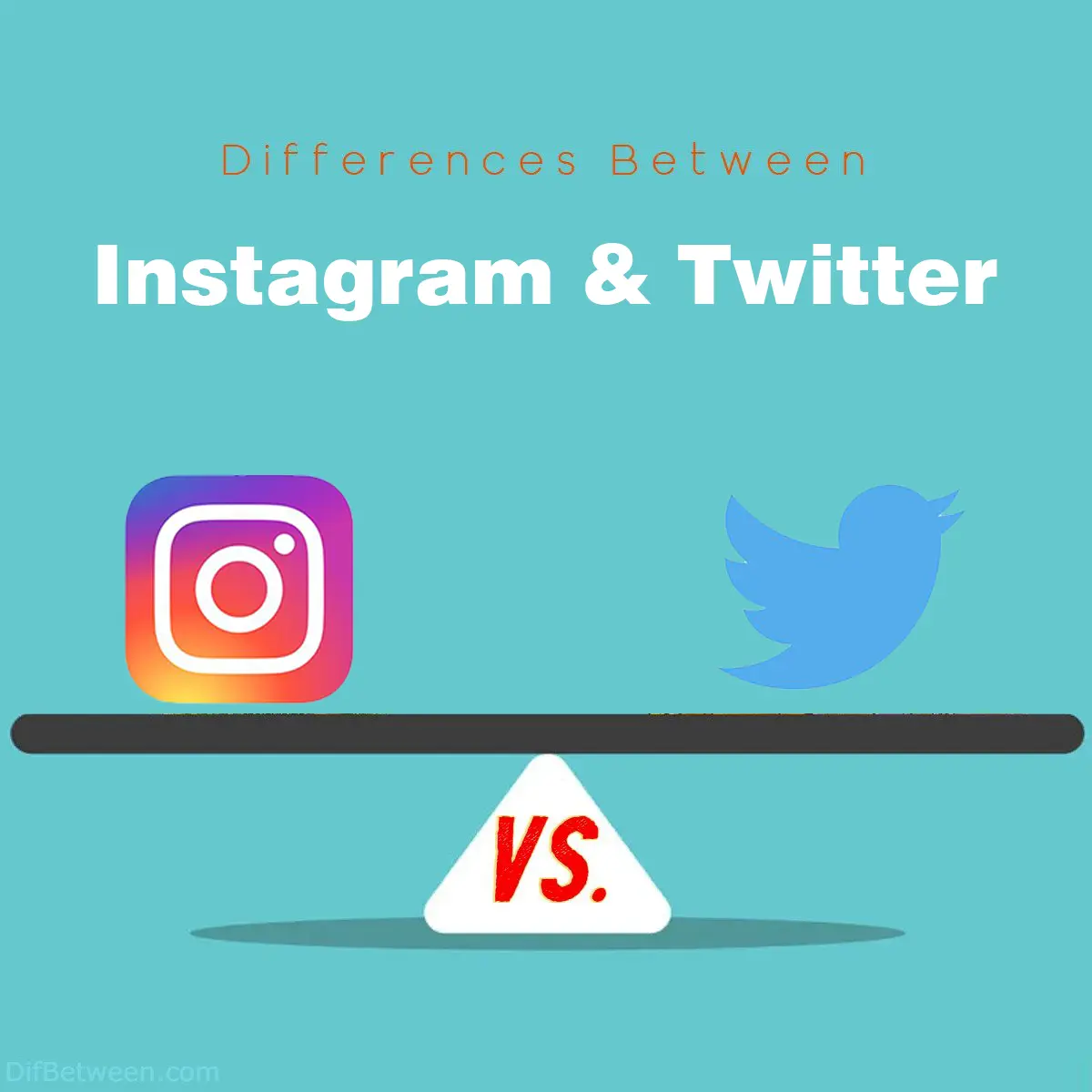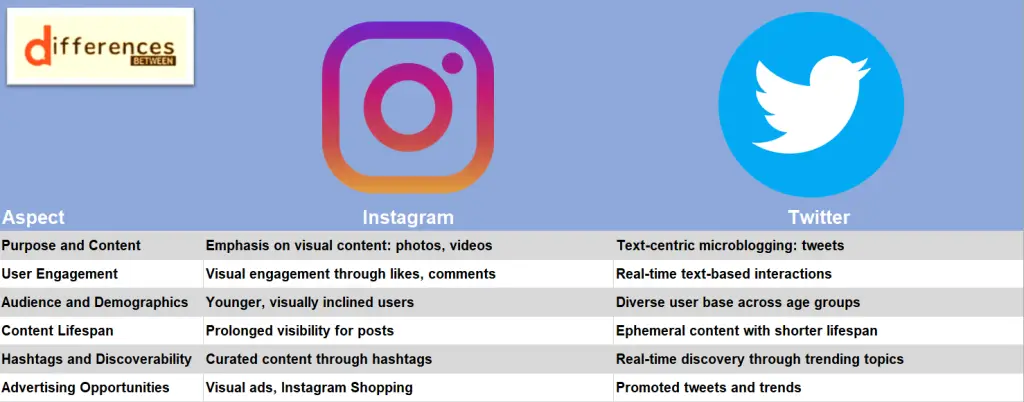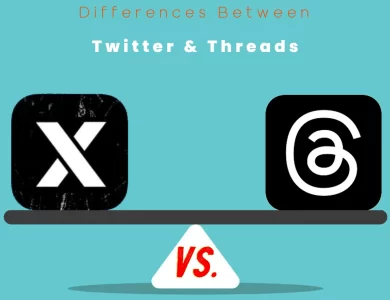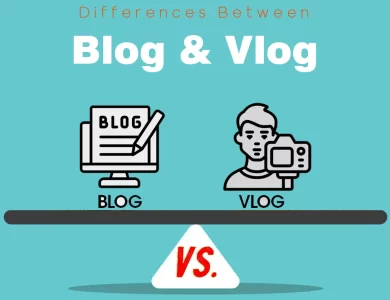
The main differences between Instagram and Twitter lie in their core purposes and content formats. Instagram is a visually driven platform, where users predominantly share photos and videos, making it an ideal choice for those who want to tell their stories through compelling visuals. On the other hand, Twitter is a microblogging platform primarily focused on concise text-based messages, fostering real-time conversations and trending topics. While Instagram thrives on visual engagement and appeals to a younger demographic, Twitter’s diverse user base spans various interests and allows for timely, open discussions. So, the key distinctions boil down to visual vs. text content and the style of user engagement, making each platform uniquely suited to different content creators and communicators.
| Aspect | ||
|---|---|---|
| Purpose and Content | Emphasis on visual content: photos, videos | Text-centric microblogging: tweets |
| User Engagement | Visual engagement through likes, comments | Real-time text-based interactions |
| Audience and Demographics | Younger, visually inclined users | Diverse user base across age groups |
| Content Lifespan | Prolonged visibility for posts | Ephemeral content with shorter lifespan |
| Hashtags and Discoverability | Curated content through hashtags | Real-time discovery through trending topics |
| Advertising Opportunities | Visual ads, Instagram Shopping | Promoted tweets and trends |
| Privacy and Account Settings | Private profiles, interaction controls | Public by default, with private option |
In the vast landscape of social media platforms, Instagram and Twitter stand out as two prominent players, each with its own unique features and characteristics. If you’re looking to boost your online presence or connect with friends and followers, it’s essential to understand the key differences between Instagram and Twitter. In this comprehensive guide, we’ll dive deep into various aspects, comparing these two platforms, so you can make an informed choice for your social media needs.
Differences Between Instagram and Twitter
Purpose and Content
Instagram: A Visual Haven
Instagram is renowned for its emphasis on visual content. It’s a platform where users share photos and videos, often accompanied by captions or hashtags. The core purpose of Instagram is to provide a visually appealing, storytelling experience. Whether you’re a professional photographer, a fashion enthusiast, or just someone who enjoys sharing snapshots of your life, Instagram is the place to showcase your visual creativity.
The primary content formats on Instagram include:
- Photos: Instagram’s foundation lies in photo-sharing. You can upload high-quality images, apply filters, and use various editing tools to enhance your pictures.
- Videos: Beyond static images, Instagram allows you to share short videos, reels, and IGTV content, catering to both creators and businesses.
- Stories: Instagram Stories are temporary posts that disappear after 24 hours, fostering a sense of urgency and immediacy. They’re ideal for sharing updates, behind-the-scenes glimpses, or quick thoughts.
- Carousel Posts: You can create swipeable posts with multiple images, giving you the opportunity to tell a more comprehensive visual story.
- Live Streaming: Instagram Live enables real-time interaction with your audience, making it perfect for Q&A sessions, product launches, or live events.

Twitter: The Microblogging Hub
Twitter, on the other hand, is often referred to as a microblogging platform. Its primary purpose is to provide a platform for users to share short, concise messages known as tweets. Twitter’s content is text-centric and encourages brevity. It’s a place where you can express your thoughts, opinions, and reactions to events or trends in real-time.
The core content formats on Twitter are:
- Tweets: These are the backbone of Twitter. Limited to 280 characters (formerly 140 characters), tweets are succinct and immediate.
- Retweets: Users can share others’ tweets, amplifying messages and spreading information quickly.
- Images and Videos: While text is at the heart of Twitter, you can also attach images and videos to your tweets to add context or visual appeal.
- Threads: To overcome the character limit, Twitter introduced the concept of threads, allowing users to create a series of connected tweets on a single topic.
- Polls: Twitter enables you to create polls, engaging your audience in quick, interactive surveys.

Key Difference: Purpose and Content
The key difference in purpose and content between Instagram and Twitter is evident. Instagram is all about sharing visually captivating moments through photos and videos, while Twitter thrives on concise text-based communication. Your choice between the two will depend on your preferred mode of expression and the type of content you want to share.
Now, let’s explore other crucial aspects that differentiate these platforms.
User Engagement and Interaction
Instagram: Visual Engagement
Engagement on Instagram revolves around visual elements. Users interact with posts by liking, commenting, sharing, and saving images and videos. The platform encourages conversations through comments, making it easy to connect with others who share your interests. Additionally, Instagram’s algorithm considers engagement as a significant factor in determining the visibility of your content.
Instagram also offers direct messaging (DMs) for one-on-one or group conversations. This feature allows users to have private discussions, share content, and exchange messages outside the public eye.
Twitter: Real-time Conversations
Twitter is known for its real-time nature, where conversations unfold rapidly. Users engage by liking (formerly known as favoriting), retweeting, and replying to tweets. Twitter’s timeline is based on chronological order, ensuring that the latest tweets are readily accessible.
The platform’s public nature encourages open discussions and debates. Twitter’s retweet feature allows content to spread virally, potentially reaching a broader audience. Hashtags play a crucial role in categorizing and discovering tweets related to specific topics or trends.
Key Difference: User Engagement and Interaction
In terms of user engagement and interaction, Instagram leans towards visual engagement through likes, comments, and DMs, while Twitter thrives on real-time, text-based conversations through likes, retweets, and replies.
Audience and Demographics
Instagram: Visual Storytelling for All Ages
Instagram boasts a diverse user base. It’s particularly popular among younger demographics, with a significant presence of users aged 18 to 34. However, it’s essential to note that the platform has been steadily gaining popularity among older age groups in recent years.
The visual nature of Instagram appeals to creatives, artists, fashion enthusiasts, and lifestyle bloggers. It’s also a favored platform for businesses and influencers looking to showcase products and reach a visually inclined audience.
Twitter: Varied Audience Across Interests
Twitter’s user base is more evenly distributed across age groups, making it a versatile platform for reaching a broad audience. While it has a substantial presence among younger users, it also attracts professionals, journalists, politicians, and individuals interested in news and current events.
Twitter’s diverse user base allows for a wide range of content, from news updates and thought-provoking discussions to humor and entertainment.
Key Difference: Audience and Demographics
Instagram tends to attract a younger, visually-oriented audience, whereas Twitter’s user base spans a broader age range and appeals to a wide array of interests, from news and politics to entertainment and personal expression.
Content Lifespan and Visibility
Instagram: Prolonged Visibility
Content on Instagram typically enjoys a longer lifespan compared to Twitter. Posts, especially those in users’ feeds, can continue to receive engagement and visibility days or even weeks after being published. The platform’s algorithm considers factors like engagement and relevance, which can keep your content in front of your followers for an extended period.
However, it’s worth noting that Instagram Stories and live streams are exceptions to this rule. Stories disappear after 24 hours, and live stream replays are available for 24 hours unless saved as highlights.
Twitter: Ephemeral Nature
Twitter’s content is characterized by its ephemeral nature. Tweets have a shorter lifespan due to the constant influx of new tweets in users’ timelines. The chronological order of tweets means that older content quickly moves down the timeline and may become less visible.
While tweets can still be discovered through retweets and search, the real-time nature of the platform means that most engagement occurs shortly after posting. This encourages timely and relevant contributions to ongoing conversations.
Key Difference: Content Lifespan and Visibility
Instagram offers prolonged visibility for posts, while Twitter’s content has a shorter lifespan due to the constant stream of new tweets. Your choice may depend on whether you want your content to have a more extended presence or if you prefer the fast-paced nature of Twitter.
Instagram: Curated Content with Hashtags
Instagram relies heavily on hashtags to categorize and discover content. Users can add relevant hashtags to their posts, allowing them to reach a broader audience interested in those topics. The Explore page on Instagram prominently features content based on hashtags, user interests, and trending topics.
Using popular and niche-specific hashtags strategically can help increase the discoverability of your content and attract new followers who share your interests.
Twitter: Trending Topics and Real-time Discovery
Twitter also utilizes hashtags, but its primary strength lies in real-time discovery through trending topics. Users can see what topics and hashtags are trending worldwide or in specific locations. This feature allows users to join ongoing conversations, engage with trending events, and gain visibility.
Additionally, Twitter’s search function allows users to find tweets related to specific keywords and hashtags, making it easy to discover content and engage in discussions.
Key Difference: Hashtags and Discoverability
Both platforms use hashtags, but Instagram leans more towards curated content discovery through Explore and niche-specific hashtags. Twitter excels in real-time discovery through trending topics and keyword searches, making it ideal for joining topical conversations as they unfold.
Advertising Opportunities
Instagram: Visual Advertising
Instagram offers a range of advertising options that align with its visual nature. Businesses can create visually stunning ads that appear in users’ feeds or stories. These ads can include photos, videos, carousels, and more. Instagram’s advertising platform also provides detailed targeting options to reach specific demographics and interests.
Additionally, Instagram Shopping allows businesses to tag products in their posts, making it a powerful tool for e-commerce.
Twitter: Promoted Tweets and Trends
Twitter’s advertising options include Promoted Tweets, which appear in users’ timelines, and Promoted Trends, which showcase trending topics at the top of the trends list. These advertisements are text-based and can include images or videos.
Twitter’s advertising is often used for promoting events, product launches, and driving traffic to websites. The platform provides targeting options based on user interests and demographics.
Key Difference: Advertising Opportunities
Instagram’s advertising is tailored to its visual content, making it a great choice for businesses looking to showcase products and engage visually with their audience. Twitter’s advertising focuses on text-based promotion and trending topics, making it suitable for promoting events and discussions.
Privacy and Account Settings
Instagram: Private Profiles and Control
Instagram offers privacy options that allow users to make their profiles private, meaning only approved followers can see their content. This feature is particularly appealing to users who want to maintain a more exclusive and controlled online presence.
Users can also customize who can comment on their posts and who can send them direct messages. These privacy settings provide users with a sense of control over their interactions on the platform.
Twitter: Public by Default
Twitter defaults to public profiles, meaning that anyone can see your tweets unless you set your account to private. Private Twitter accounts require users to approve follower requests before granting access to their tweets. However, many Twitter users prefer the open nature of the platform, as it allows their thoughts and messages to reach a wider audience.
Key Difference: Privacy and Account Settings
Instagram prioritizes privacy with options for private profiles and customized interaction controls. Twitter defaults to public profiles, emphasizing open communication and accessibility.

Instagram or Twitter : Which One is Right Choose for You?
Choosing between Instagram and Twitter depends on your specific goals, content type, and target audience. To help you decide which platform is right for you, let’s break down the factors you should consider:
Choose Instagram if:
- You Prefer Visual Storytelling: If your content relies heavily on photos and videos to convey your message or story, Instagram is the ideal platform. It’s designed for visually appealing content.
- You Want to Showcase Products: If you’re a business or influencer looking to promote and sell products, Instagram’s visual format, and features like Instagram Shopping make it an excellent choice.
- You Target a Younger Audience: Instagram’s user base skews younger, so if your target audience falls into the 18-34 age range, this platform provides a significant reach.
- You Value Visual Engagement: Instagram encourages user engagement through likes, comments, and direct messages, all centered around visual content.
- You Have a Creative or Artistic Focus: If you’re a photographer, artist, fashion enthusiast, or content creator who thrives on visual creativity, Instagram provides a perfect canvas.
Choose Twitter if:
- You Prefer Concise Text Communication: Twitter is all about brief, text-based messages. If you excel at crafting concise, impactful content, it’s the platform for you.
- Real-time Conversations Excite You: Twitter’s real-time nature means you can engage in discussions, share thoughts, and participate in trending topics as they happen.
- You Want to Connect Across Diverse Interests: Twitter’s user base spans various interests, from news and politics to entertainment and personal expression, making it versatile for content creators.
- Timely and Trending Content Appeals to You: If your content strategy revolves around staying up-to-date with current events, Twitter’s trending topics and hashtags are valuable tools.
- You Prefer Open and Public Engagement: Twitter is inherently public, making it an excellent choice if you want to share your thoughts and messages with a wide audience.
Ultimately, the choice between Instagram and Twitter depends on your content style, audience, and how you prefer to engage with your followers. Some creators even use both platforms to leverage the strengths of each for a well-rounded online presence. Consider your goals, content type, and the platform where you feel most comfortable expressing yourself when making your decision.
FAQs
Instagram is a social media platform that primarily focuses on sharing photos and videos. It allows users to create profiles, follow others, and engage with visual content through likes, comments, and direct messages.
To create an Instagram account, download the Instagram app, open it, and follow the on-screen prompts to sign up. You can also sign up using a web browser on your computer.
Instagram Stories are temporary posts that disappear after 24 hours. Users can share photos, videos, and text on their Stories, making it an ideal feature for sharing updates, behind-the-scenes content, and more.
Yes, Instagram offers business profiles with additional features like analytics and advertising options. Many businesses use Instagram to promote their products or services and connect with their audience.
Growing your Instagram followers requires consistent posting of high-quality content, engaging with your audience, using relevant hashtags, and collaborating with other users or influencers in your niche.
Twitter is a microblogging platform that focuses on short, text-based messages known as tweets. It allows users to follow accounts, share tweets, and engage in real-time conversations.
To create a Twitter account, visit the Twitter website or download the mobile app. Sign up by providing your name, email address, and a password.
Twitter initially had a 140-character limit for tweets, but it was increased to 280 characters in most languages. This limit encourages concise communication.
Twitter trends are topics or hashtags that are currently popular and widely discussed by users. They appear in the “Trending” section of the platform and provide insights into what’s happening globally or in specific regions.
Yes, Twitter is a valuable platform for businesses to connect with customers, share updates, and engage in conversations related to their industry. Promoted tweets and trends are also available for advertising.
Read More :
Contents






